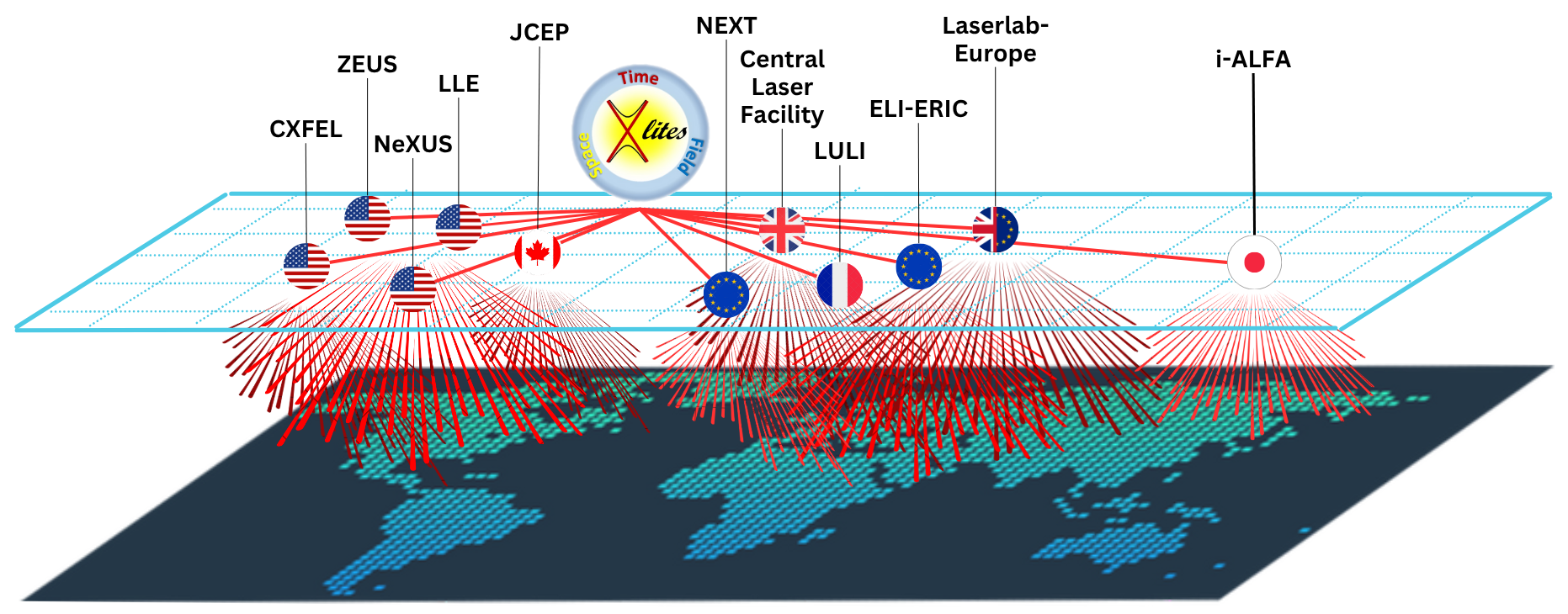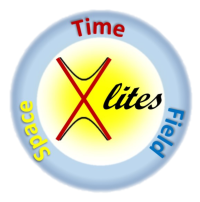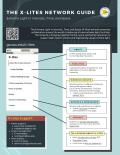About the X-lites Network
The Extreme Light in Intensity, Time, and Space (X-lites) network promotes collaboration around the world to make use of new extreme light facilities. The network is bringing together facility users and facility operators to support high-impact science and engineering using extreme light.

X-lites has the following four goals:

- Strengthen collaboration among international researchers, engineers, and technologists to address the challenges and opportunities of extreme light and identify knowledge gaps.
- Engage and support the development of early career researchers and prepare them to support and lead collaborative, international research projects in extreme light.
- Improve communication within the community of extreme light researchers, reach out to potential research collaborators, and broaden public interest in scientific research.
- Broaden participation in extreme light research in dimensions of significance to all networks: diversity of countries involved, range of scientific and engineering disciplines, and participation by underrepresented groups.
X-lites will be hosting online and in-person events to achieve these goals. X-lites is rapidly expanding to reach and engage new researchers to shape the future of extreme light science. Sign up to receive our newsletter to be informed and participate in X-lites.
The current members of the X-lites network are:
- i-ALFA (Japan)
- NEXT (European Union)
- Extreme Light Infrastructure (European Union)
- Laserlab-Europe (European Union)
- Central Laser Facility (United Kingdom)
- LULI Apollon (France)
- Joint Centre for Extreme Photonics (Ottawa, Canada)
- NSF CXFEL (Arizona, United States)
- LLE (New York, United States)
- NSF NeXUS (Ohio, United States)
- NSF ZEUS (Michigan, United States)
Learn more on our X-lites Facilities page.
X-lites is supported by NSF Award 2201502 and NSF Award 2411691.
Background
The invention of the laser in the late 1950s enabled a wide range of scientific and technological advances, from communications to surgery to facial recognition to analysis of Martian soil. Laser science and technologies continue to advance, and a new generation of lasers are accessing frontiers of laser-matter interactions at the highest intensities, the fastest times, and the shortest distances yet obtained. These developments enable research in a wide range of science and engineering fields including chemical dynamics, semiconductor electronics, quantum computing, laboratory astrophysics, relativistic and strong field physics, medical imaging, and biomolecular movies.
Governments around the world have recognized the opportunities and challenges at these frontiers of laser and light science. The European Union has invested in three Extreme Light Infrastructure facilities. The US National Science Foundation has invested in three mid-scale extreme light facilities: CXFEL at Arizona State University, NeXUS at Ohio State, and ZEUS at the University of Michigan. These recent investments build on decades of groundbreaking science and technology around the globe.
The X-lites program builds on these technological advances and facility investments to organize and support scientists around the world as they research and apply this extreme light.
X-lites will create a new global network that will unite the work of scientists across disciplines and geographic borders to support the next generation of scientific advances, researcher training, capability development, and laser technology. X-lites will accelerate discovery and invention through its support of team building, knowledge sharing, and education.
Sign Up for X-lites Network Emails

